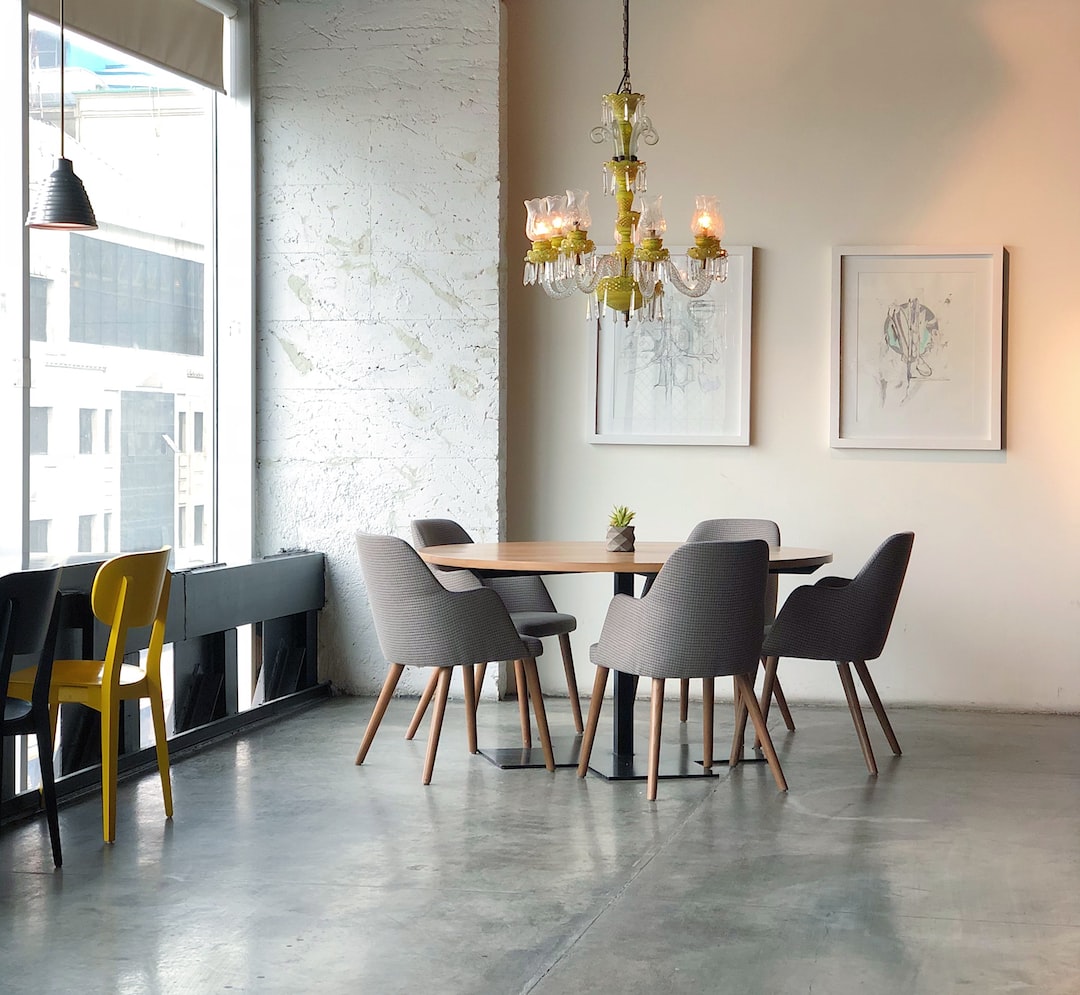The Rise of Sustainable and Eco-Friendly Furniture
In recent years, there has been a significant shift in consumer attitudes towards sustainability and eco-friendliness. This shift can be seen in the choices people make when it comes to their furniture and home decor. As a result, there has been a notable rise in the demand for sustainable and eco-friendly furniture options.
One of the main driving forces behind the rise of sustainable furniture is the increased awareness of environmental issues. Climate change, deforestation, and pollution are just a few of the many issues that are making people rethink their purchasing decisions. Many individuals are now looking for ways to minimize their carbon footprint and contribute to a more sustainable future.
Sustainable furniture is made using materials that are sourced from responsible and renewable sources, such as reclaimed wood or bamboo. These materials are often chosen for their durability and longevity, ensuring that the furniture will last for many years to come. Additionally, sustainable furniture often incorporates other eco-friendly practices, such as using non-toxic finishes and adhesives that do not release harmful chemicals into the environment.
Eco-friendly furniture is also designed with energy efficiency in mind. With rising energy costs and a growing concern for the environment, many furniture manufacturers are incorporating energy-saving features into their designs. This may include the use of LED lights, energy-efficient appliances, or even furniture that is designed to maximize natural light and reduce the need for artificial lighting.
Another reason for the rise of sustainable furniture is the desire for unique and personalized pieces. Mass-produced furniture often lacks character and is made to appeal to the masses. However, there is a growing demand for furniture that reflects individual style and personality. Sustainable furniture offers the opportunity to own one-of-a-kind pieces that are handcrafted and made with care. This not only adds a personal touch to the home but also supports local artisans and small businesses.
Furthermore, sustainable furniture is often more durable and requires less maintenance compared to its non-sustainable counterparts. This is especially true for outdoor furniture, which is exposed to various weather conditions. Sustainable materials, such as teak or wrought iron, can withstand outdoor elements for longer periods, reducing the need for frequent replacements. This not only saves money but also reduces waste.
Additionally, sustainable furniture promotes fair labor practices. Many furniture manufacturers that prioritize sustainability also prioritize fair wages and safe working conditions for their employees. By investing in sustainable furniture, consumers can support companies that treat workers ethically and ensure their wellbeing.
As the demand for sustainable and eco-friendly furniture continues to rise, more designers and manufacturers are embracing this trend. This has resulted in a wider range of options for consumers looking to furnish their homes sustainably. From sleek and modern designs to rustic and reclaimed styles, there is now a sustainable option for every taste and preference.
In conclusion, the rise of sustainable and eco-friendly furniture is evidence of a growing movement towards conscious consumerism. People are increasingly aware of the impact their purchasing decisions have on the environment and are making choices that align with their values. Investing in sustainable furniture not only benefits the planet but also enhances the beauty and comfort of our living spaces. By supporting sustainable practices and artisans, we can create a more sustainable future for generations to come.

